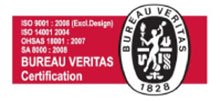Applications
GREY WATER TREATMENT WITH CERAMIC MEMBRANES
Greywater, or Sullage, is commonly defined as wastewater generated from domestic activities such as laundry, dishwashing and bathing which can be recycled & reused on-site for low end applications.
ENDURA, brand of Prism Johnson Ltd. is pleased to introduce most ecofriendly Grey Water Treatment Plants with Ceramic Membranes. These plants effectively & efficiently treat domestic grey water.
IPNR Endura a leading Ceramic Membrane Manufacturer has revolutionized the filtration methods & technologies due to the following advantages;
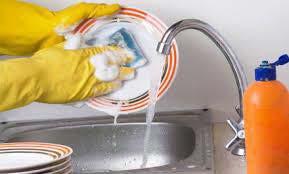
- Longer service life than polymeric membranes
- High temperature & pressure resistant
- High biofouling compatibility
- Superior chemical & abrasion resistance
- Can withstand pH from 0 - 14
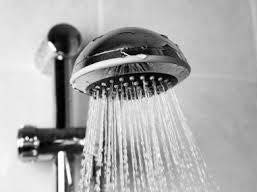
Grey Water Treatment Advantages:
- Reduced foot print area
- Minimal sludge generation
- User friendly with reduced O&M expenditure
- Environment friendly with reduced energy use and chemical pollution from treatment
- Pre-engineered, pre-fabricated structures result in lower cost
- Unit is easily transported to the customer’s project site
- Design allows for quick turnaround time for delivery and installation
- Custom design/application specific systems
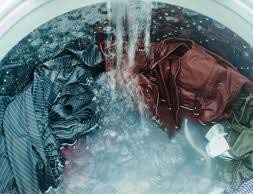
Grey Water Treatment Applications:
Urban/Rural areas including communities, industries & office buildings for;
- Irrigation and agriculture
- Gardening
- Toilet flushing
- Floor cleaning
- Car washing
- Construction water
Process Schematics:
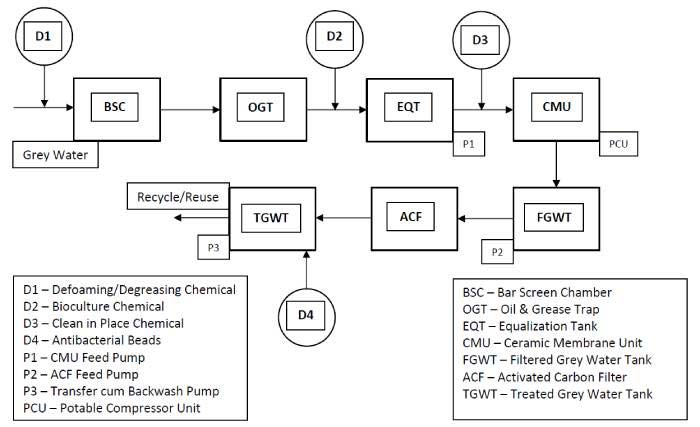

Endura Grey Water Treatment Plants are designed with wide range of flow rates from 2 KLD to 500 KLD.
FAQ
Grey water is low-toxicity wastewater from sinks, showers, and laundry. Ceramic membranes effectively treat it for reuse in irrigation, toilet flushing, car washing, and cleaning—thanks to high resistance and long life.
Ceramic membranes offer longer lifespan, superior chemical, thermal, abrasion resistance, and handle high biofouling without degrading.
Yes—pre-engineered, pre-fab designs allow quick delivery, easy transport, and fast on-site installation with low O&M costs.
Most systems are compact and modular. A small residential system (2–5 KLD) can fit in a utility area, while larger setups are easily integrated into basements or plant rooms.
Depending on usage, cleaning might be required every few weeks. Replacements are rare — ceramic membranes can last 7–10 years with proper maintenance.


